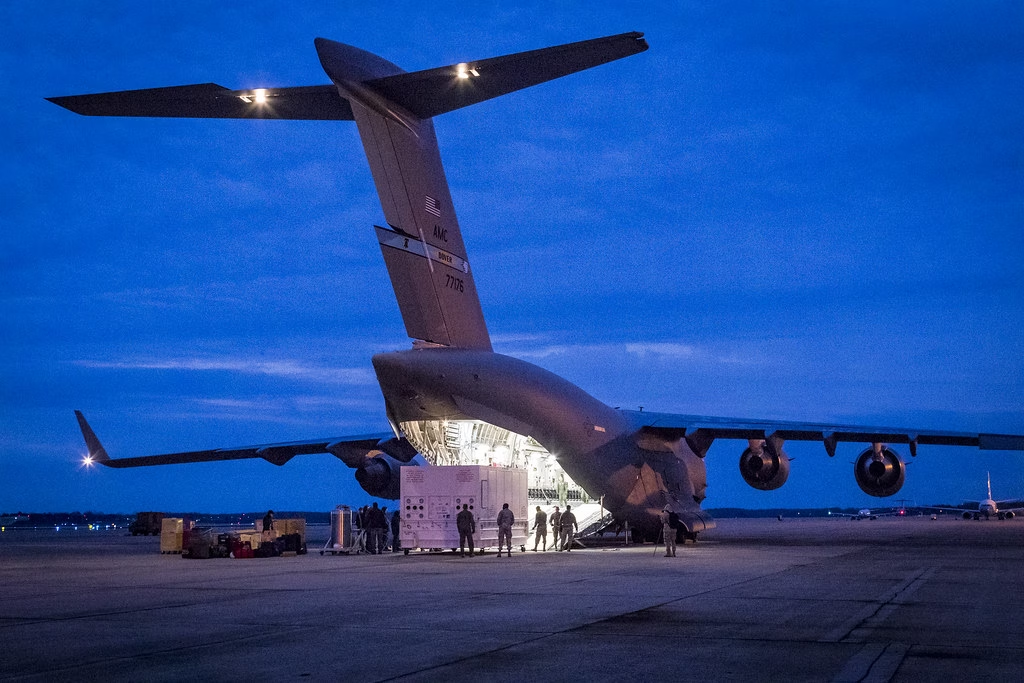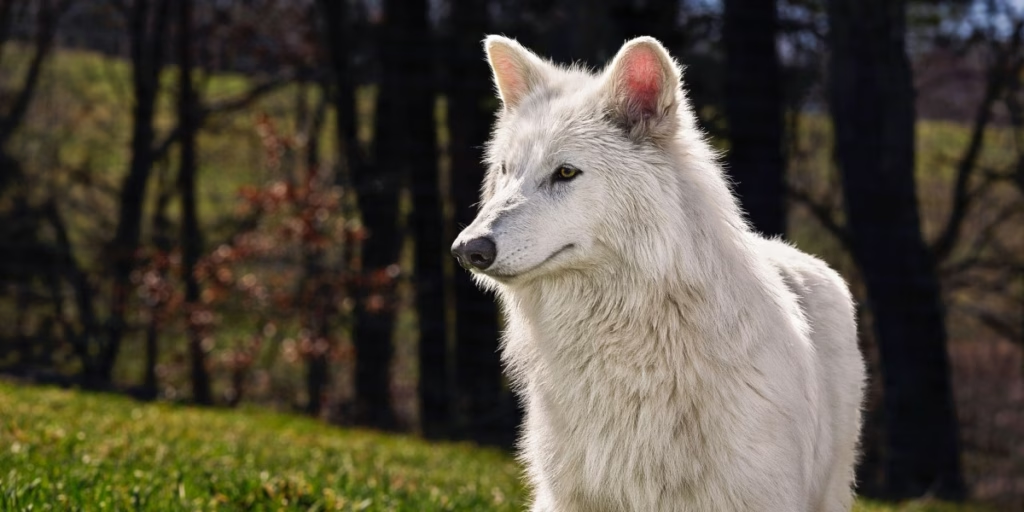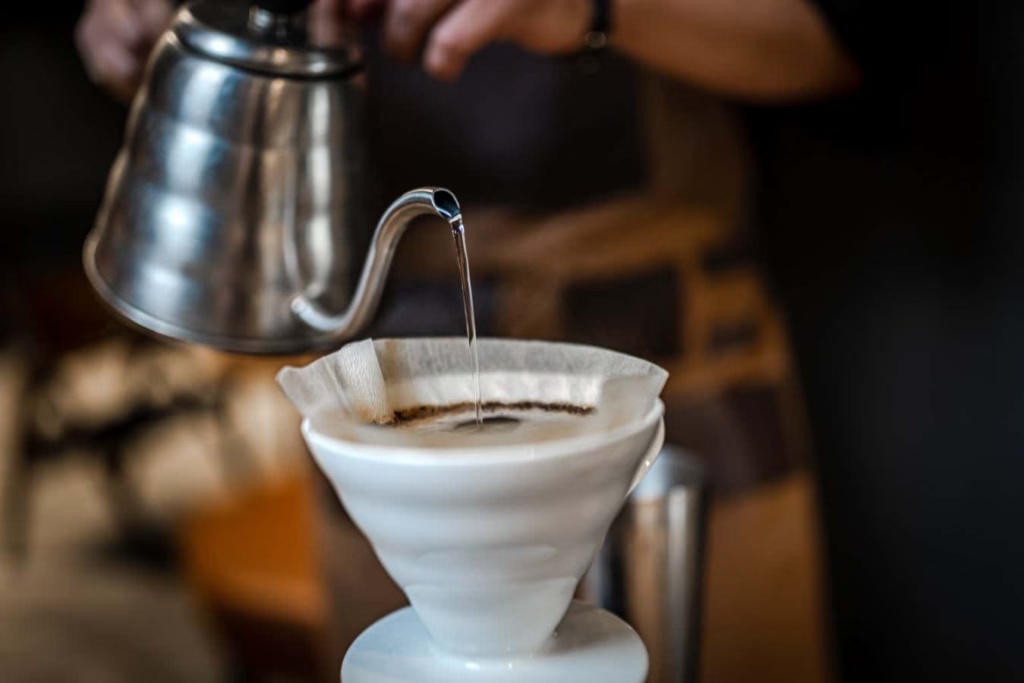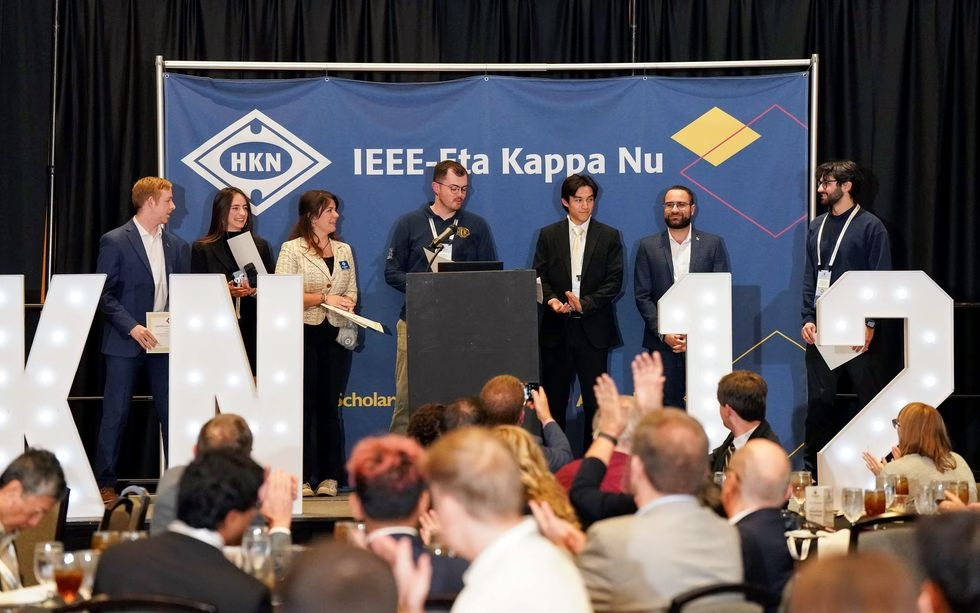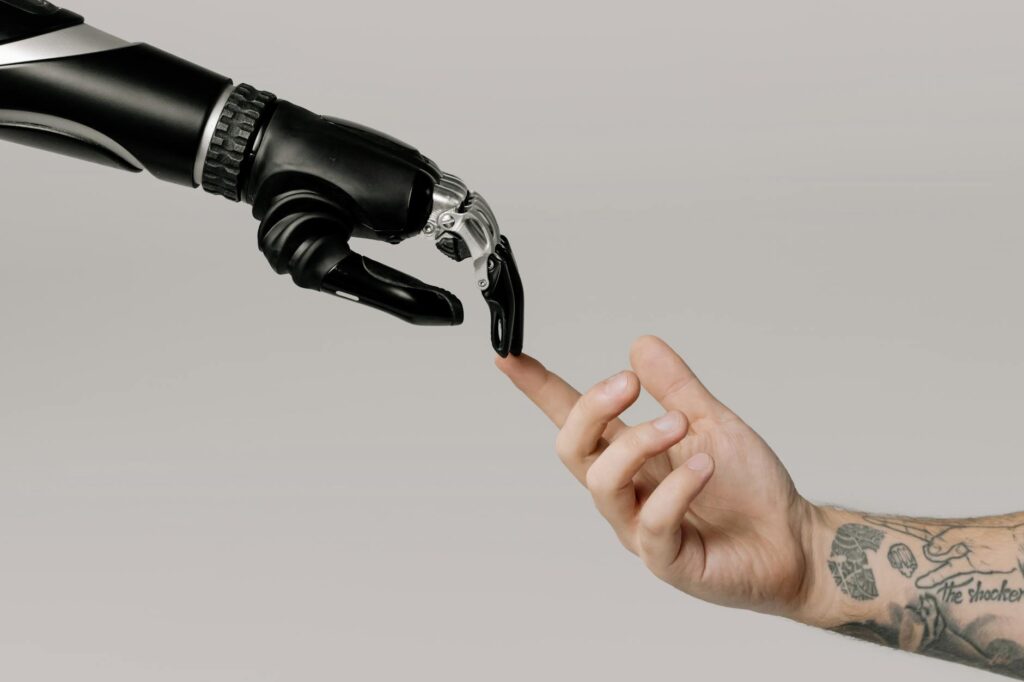Live coverage: Third time’s the charm for the Boeing Starliner Crew Flight Test
NASA Space Technology

Update June 5, 12:06 p.m.: The Boeing Starliner spacecraft successfully separated from the Centaur upper stage of the Atlas 5 rocket. The spacecraft completed its orbital insertion burn and a subsequent burn to circularize its orbit.
The third time was the charm for the first crewed flight of Boeing’s Starliner spacecraft. After two launch attempts on May 6 and June 1 ended with scrubs, the Atlas 5 rocket roared off pad 41 at Cape Canaveral Space Force Station, beginning a more than week-long mission for NASA astronauts Butch Wilmore and Suni Williams.
Liftoff took place on June 5 at 10:52 a.m. EDT (1452 UTC), finally marking the first crewed flight of Boeing’s Starliner spacecraft after years of delays and setbacks. The spacecraft successfully completed its orbital insertion burn about 31 minutes into flight and then circularized its orbit with another burn at T+1 hour and 15 minutes into the mission.
“Two bold NASA astronauts are well on their way on this historic first test flight of a brand-new spacecraft,” said NASA Administrator Bill Nelson, in a statement. “Boeing’s Starliner marks a new chapter of American exploration. Human spaceflight is a daring task – but that’s why it’s worth doing. It’s an exciting time for NASA, our commercial partners, and the future of exploration. Go Starliner, Go Butch and Suni!”
The Wednesday morning launch came following the most recent scrub caused by a countdown computer issue at the launchpad, which United Launch Alliance was able to remedy on Sunday, June 2.
“I really appreciate all the work by the NASA, Boeing, and ULA teams over the last week,” said Steve Stich, manager of NASA’s Commercial Crew Program, in a prelaunch statement. “In particular, the ULA team worked really hard to quickly learn more about these issues, keep our NASA and Boeing teams informed, and protect for this next attempt. We will continue to take it one step at a time.”
Heading into the launch attempt, the 45th Weather Squadron forecast a 90 percent chance of favorable weather at liftoff with only cumulus clouds of possible concern. With some of the sunspots that caused the recent auroras around globe reemerging this week, meteorologists are also keeping an eye on solar activity.
With two good orbital burns behind them, the two-person crew is set to dock with the ISS at about 12:15 p.m. EDT (1615 UTC) on June 6. If all goes well with the mission, the crew will return for a landing in White Sands, New Mexico on June 14.
The launch on June 5 came nearly a month after the original launch date of May 6. That launch was scuttled by an oxygen pressure relief valve on the Altas 5 rocket’s upper stage. The mission stood down for weeks as teams assessed a helium leak on the Starliner’s service module.
Coming out of a planned hold at T-minus 4 minutes during the second launch attempt, the countdown reached the T-minus 3 minutes and 50 seconds when one of the three ground launch sequencer circuit boards failed to synch with the other two, which caused the scrub.
ULA’s President and CEO Tory Bruno said because the mission faced an instantaneous launch window, there wasn’t enough time to properly assess the issue in real time to determine if a fix could be achieved before liftoff.
“The disappointment lasts for about three seconds. And then you just immediately get busy and do your job,” Bruno said while speaking with reporters on Saturday following the scrub.

Mark Nappi, Boeing’s Starliner project manager, said there was disappointment from his team as well, but that quickly turned to resilience.
“You know when you’re playing a game and you get a bad call, you’re a little irritated at first, or a little frustrated at first, but you immediately focus on the next pitch and that’s what our teams do, they’re focused on the next pitch,” Nappi said. “As soon as we went into the launch scrub and launch turnaround, I looked out into the control room and everybody had their heads down, working the procedures to get ready for another attempt.”
The Crew Flight Test of Starliner comes more than four years from SpaceX launching its first astronaut missions using its Crew Dragon spacecraft. Both companies won multi-billion dollar contracts from NASA to provide transporter for its astronauts as part of the Commercial Crew Program.
After the lunch of the Demo-2 mission, SpaceX went on to send more than 50 people to space over the course of 13 flights, 12 of which went to the ISS. Boeing is working to overcome a years-long delay due to numerous technical issues that cost the company more than $1 billion.
Once the CFT mission wraps up, Boeing will work with NASA to finish certifying Starliner for full crew rotation missions, which could begin as soon as the spring of 2025.
Discover more from Tamfis Nigeria Lmited
Subscribe to get the latest posts sent to your email.



 Hot Deals
Hot Deals Shopfinish
Shopfinish Shop
Shop Appliances
Appliances Babies & Kids
Babies & Kids Best Selling
Best Selling Books
Books Consumer Electronics
Consumer Electronics Furniture
Furniture Home & Kitchen
Home & Kitchen Jewelry
Jewelry Luxury & Beauty
Luxury & Beauty Shoes
Shoes Training & Certifications
Training & Certifications Wears & Clothings
Wears & Clothings







